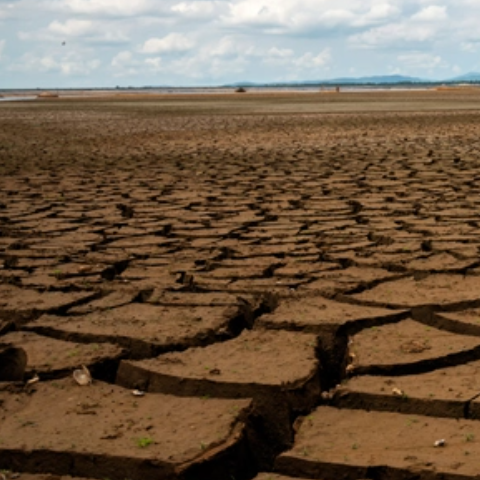Climate Science and Investing
AB has forged a partnership with Columbia Climate School—bringing together climate and investing expertise to work toward a new understanding and new solutions to the mounting challenge of climate change.
AB has forged a partnership with Columbia Climate School—bringing together climate and investing expertise to work toward a new understanding and new solutions to the mounting challenge of climate change.









